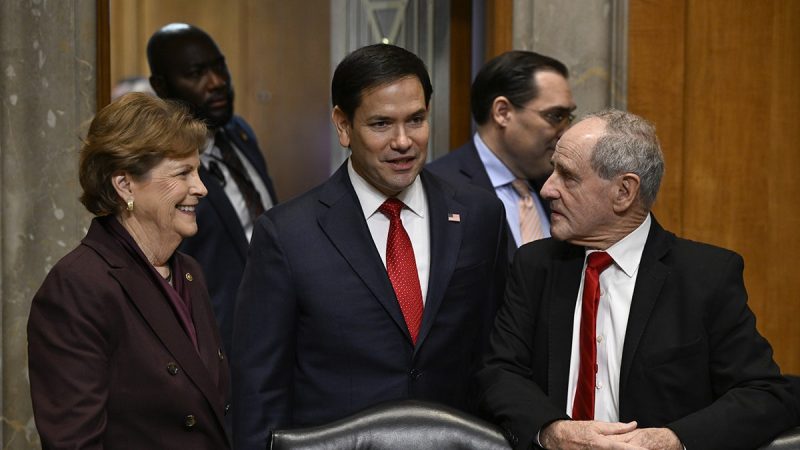
Florida’s Republican Sen. Marco Rubio sailed through his confirmation hearing with the Senate Foreign Relations Committee on Wednesday, all but assuring he will assume the role of top diplomat under the new Trump administration later this month.
Rubio’s confirmation hearing — a process usually full of verbal diatribes, strong political agendas and illusive answers — was full of pleasantries, with both Democratic and Republican lawmakers applauding his work in the Senate and his in-depth knowledge of complex issues across the globe.
Here were the top moments from Rubio’s hearing.
PROTESTERS
While Rubio may have been welcomed by his Senate colleagues, his hearing wasn’t entirely contention-free.
The secretary of state-hopeful’s opening remarks were interrupted by several protesters affiliated with a group known as Code Pink, who were protesting the Israel-Hamas war and wore pink shirts that read ‘stop killing the children of Gaza.’
Two of the demonstrators forced to leave the chamber were male, before a female protester also stood up and yelled out in Spanish.
She was quickly escorted from the room and the hearing promptly restarted.
‘I get bilingual protesters,’ Rubio said to the panel of senators with a grin before resuming his remarks.
IN JEST
Rubio’s quip about the protesters appeared to set the tone for his hearing.
Though Rubio faced tough questions about detailed geopolitical issues on nearly every continent, lawmakers on both sides of the aisle also joked around with their Senate colleague.
Sen. Rick Scott, R-Fla., introduced Rubio at the top of the hearing and quipped that ‘finally’ he will get to be the senior senator of Florida after the duo have served together in the upper chamber since 2019.
Sen. Cory Booker , D-N.J., drew chuckles when he said, ‘Sen. Rubio, the President [elect] made a great decision in choosing you. You’re a thought leader in foreign policy. I, however, don’t think most Americans know how great of a thought leader you are in NCAA, NFL and high school football, and I’m a little disappointed that you’re not going to the head of the NCAA right now.’
To which Rubio replied, ‘Not yet,’ garnering laughs from the room.
In another bipartisan moment rarely seen during Cabinet nomination hearings, Sen. Tammy Duckworth, D-Ill., told a touching story from one of her first encounters with Rubio — a stark contrast to her questioning of defense secretary nominee Pete Hegseth the day prior.
In 2018, not only was Duckworth relatively new to the upper chamber, but the soon-to-be new mom was also pushing the congressional body to change its rules and allow new parents to bring their infant onto the Senate floor during a vote.
Duckworth, who is physically disabled after surviving a 2004 RPG attack on her helicopter in Iraq, described rolling across the Senate floor in her wheelchair when she heard someone call out her name.
‘And you came running down from the top back of the Senate chambers to tell me, ‘I’m with you. I will support you’,’ she said. ‘And I just want to thank you for that kindness… It was a moment of true bipartisanship.’
Rubio responded and said, ‘I think what I exactly said is, ‘What’s the big deal? This place is already full of babies,” once again drawing laughs.
SERIOUS MATTERS
The five-hour hearing wasn’t all fun and levity, as Rubio was pressed on issues with major security implications like the war in Ukraine, China, NATO and Artic security.
Rubio surprised no one with his tough-on-China approach and his commitment to remaining a strong ally of NATO’s.
However, one area senators may have hoped Rubio would have come out more definitively was over what continued support for Ukraine may look like and how the incoming Trump administration will handle the question of Ukraine becoming a NATO member.
Both Ukraine and Russia have signaled they are open to negotiating a cease-fire. But securing a lasting peace deal could be difficult as Ukraine entering the NATO alliance has been deemed a non-negotiable by both Kyiv — who wants the alliance’s security — and Moscow — which has fervently opposed Ukrainian NATO membership.
‘The truth of the matter is that in this conflict there is no way Russia takes all of Ukraine. The Ukrainians are too brave, and fight too hard, and the country is too big,’ Rubio said.
But he added that ‘there’s no way Ukraine is also pushing these people [Russians] all the way back to where they were on the eve of the invasion.’
Rubio pointed out that Ukraine will not be able to keep up with the sheer number of bodies that Russia can throw in to the war.
‘It’s important for everyone to be realistic. There will have to be concessions,’ he said. ‘This is not going to be easy. ‘[It’s] going to require a lot of hard diplomacy.’
THE CHINA PROBLEM
The security threats surrounding China came up in nearly every issue Rubio was asked to address, including its growing presence in Africa and Latin America, its oppressive practices in the South China Sea, concerns over trade, human rights abuses, tech and its growing relationships with other adversarial nations.
But one issue newer to headlines as of late is China’s involvement in the Panama Canal.
‘This is something that’s existed now for at least a decade in my service,’ he said, referring to a 2017 trip he took to Panama. ‘Chinese companies control port facilities at both ends of the canal — the east and the west. And the concerns among military officials and security officials, including in Panama, at that point, [was] that could one day be used as a choke point to impede commerce in a moment of conflict.’
‘This is a legitimate issue that needs to be confronted,’ Rubio added.
The issue of Chinese control over the major waterway resurfaced earlier this month when Trump refused to say whether he would rule out military intervention in the Panama Canal.
Rubio was pressed on the subject multiple times, though he was clear that he was not yet at a point where he knew enough about the legal parameters of U.S. intervention in Panama to give a thorough response.
KAINE GUSHES
Sen. Tim Kaine, D-Va., applauded Rubio for being ‘extremely well-prepared’ for his confirmation hearing as the next secretary of state — a stark contrast to his tense engagement with Hegseth during the hearing a day prior.
‘We’re used to seeing nominees who know a lot about a couple of things, and sometimes, who know very little about virtually everything,’ he said. ‘But I think you’ve seen a hearing with a nominee who — agree or disagree with the points he’s made — he’s not talking out of a briefing book.
‘He’s not having a thumb through a binder to decide how to answer a particular question,’ Kaine continued. ‘I’ve always been struck by working with Sen. Rubio on this committee, since I came to the Senate in January 2013, that he has a very well-developed sense of the world and a passion in all corners of it.’
Kaine’s sentiment appeared to be shared by the entirety of the committee, and many of the senators expressed confidence that Rubio will be unanimously confirmed for the top job.
This post appeared first on FOX NEWS





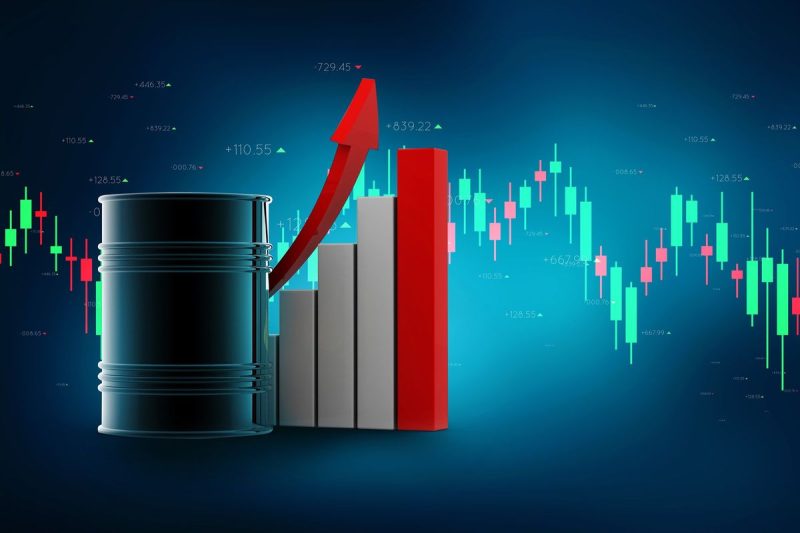






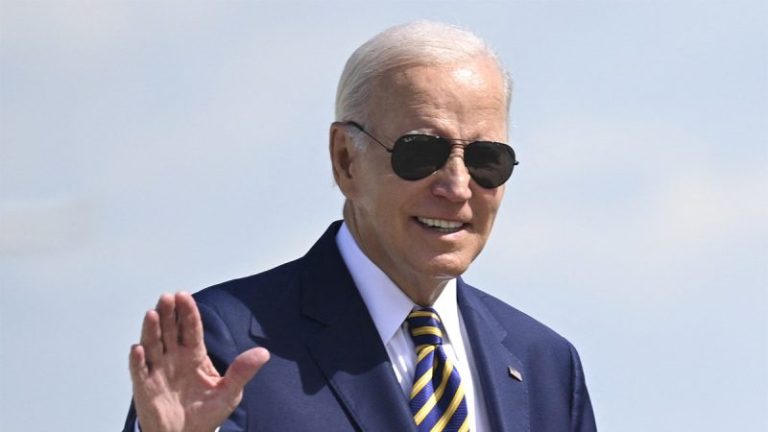
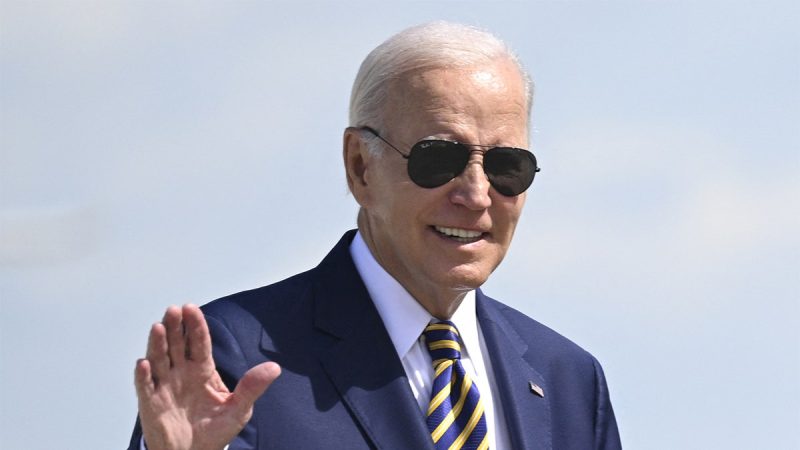








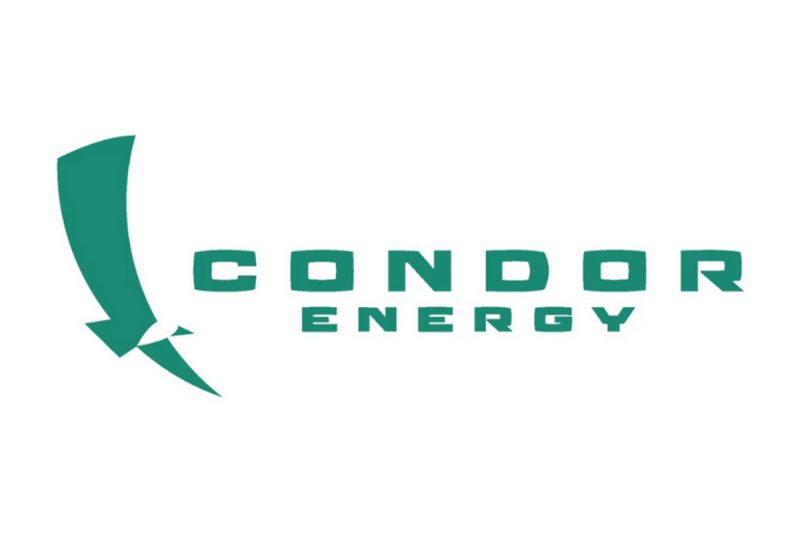
 Condor Energy (CND:AU) has announced Piedra Redonda Gas Field Best Estimate Resource of 1 Tcf
Condor Energy (CND:AU) has announced Piedra Redonda Gas Field Best Estimate Resource of 1 Tcf
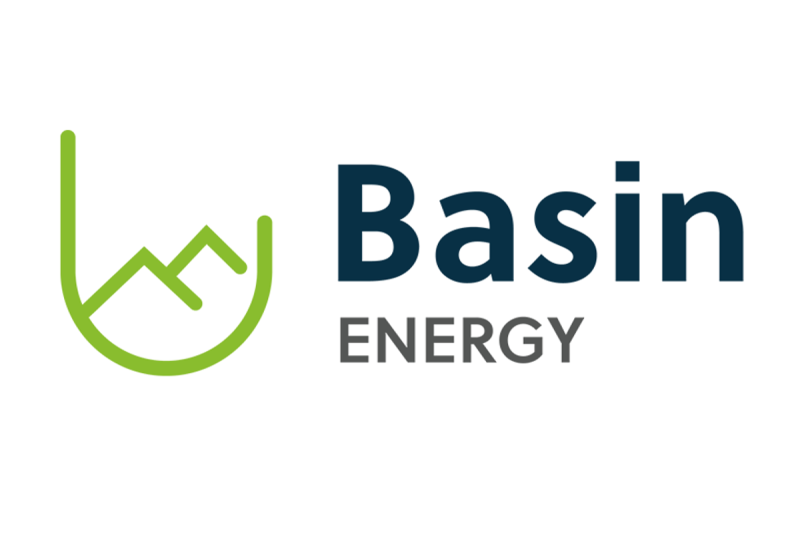
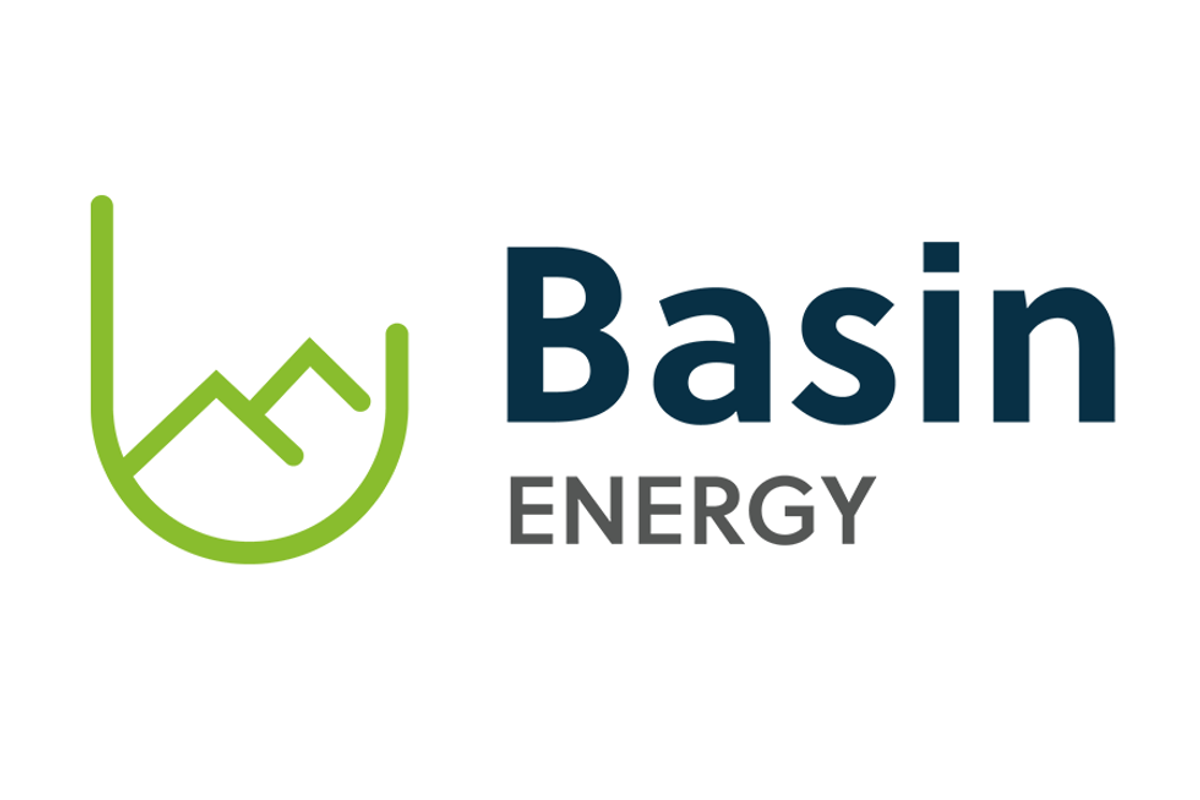 Basin Energy (BSN:AU) has announced Scandinavian Exploration Portfolio Acquisition Completed
Basin Energy (BSN:AU) has announced Scandinavian Exploration Portfolio Acquisition Completed

